How to patch up holes in a wall — restore your walls to their former glory, no DIY experience required
A step-by-step solution to gallery wall switch-ups or accidental damage
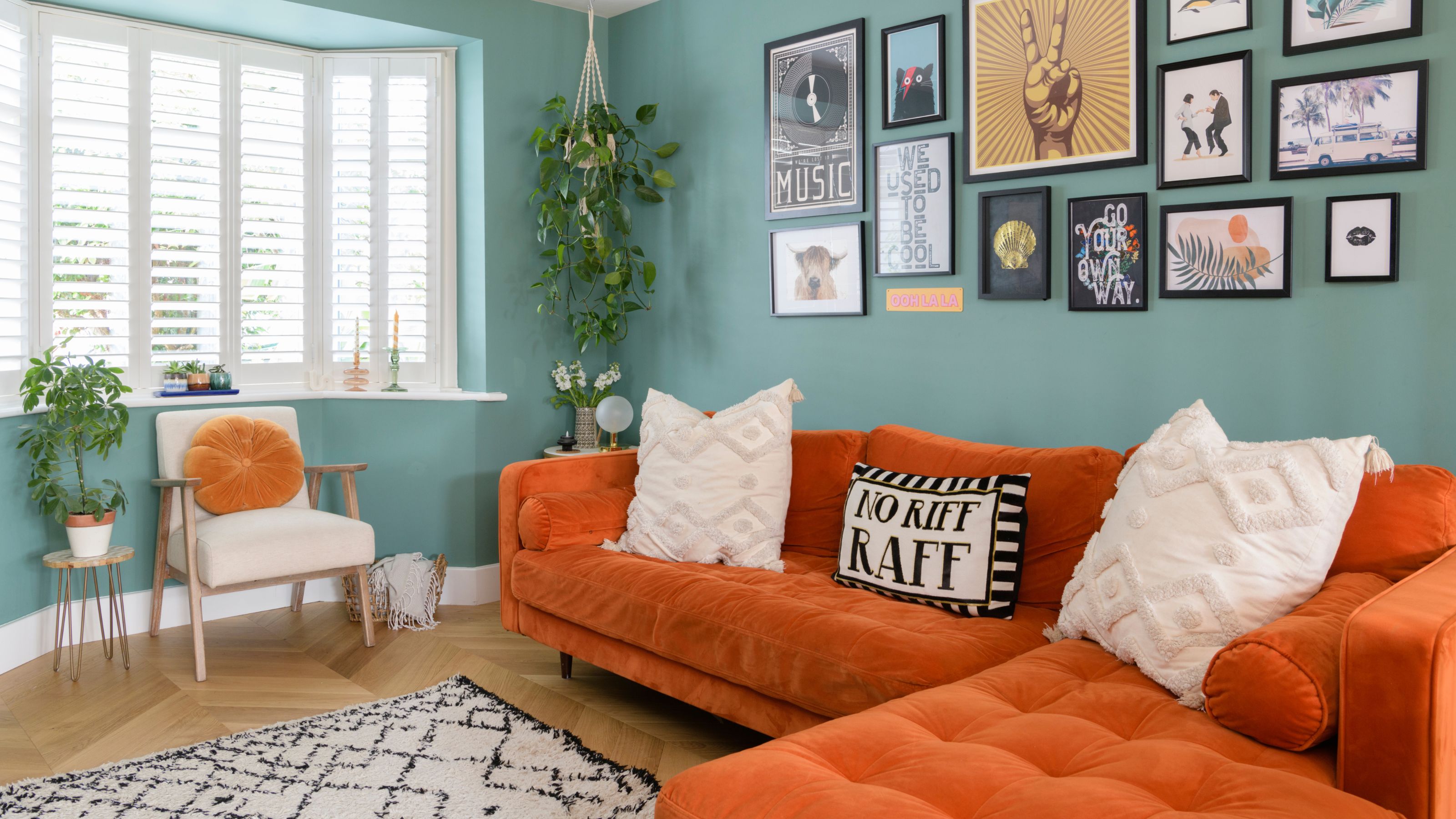

Whether you’ve accidentally knocked your wall, switched up the photo frames in your house, or removed other shelves or decorations, it’s not uncommon to be left with holes all around you. But instead of leaving them to become an eyesore (or potentially get even worse), it’s pretty easy to patch up holes in a wall.
In fact, doing this is one of the easiest home repairs you can do. There’s no need to call out a tradesperson, there’s no need to put aside a whole weekend to tick it off your to-do list, and you’ll be able to bring your feature wall ideas to life in no time - no previous DIY experience required.
To patch up holes in a wall, all you need to do is follow this step-by-step guide and have a few tools and products at your disposal. Then, you’ll know exactly what to do next time you want to move your gallery wall or drop your phone down the stairs.
What you'll need
- Multi-purpose filler - like this Polycell Multi-Purpose Polyfilla Ready Mixed from Amazon
- Filling knife - like this 3" Light duty Filling knife, Pack of 3 from B&Q
- Sandpaper - like this Pack of 10 Sandpaper Sheets from Amazon
- Vacuum cleaner - like this Dyson Gen5detect Cordless Vacuum Cleaner from Argos
- Primer - like this Dunelm White Paint Primer
Step-by-step
1. Prep the hole
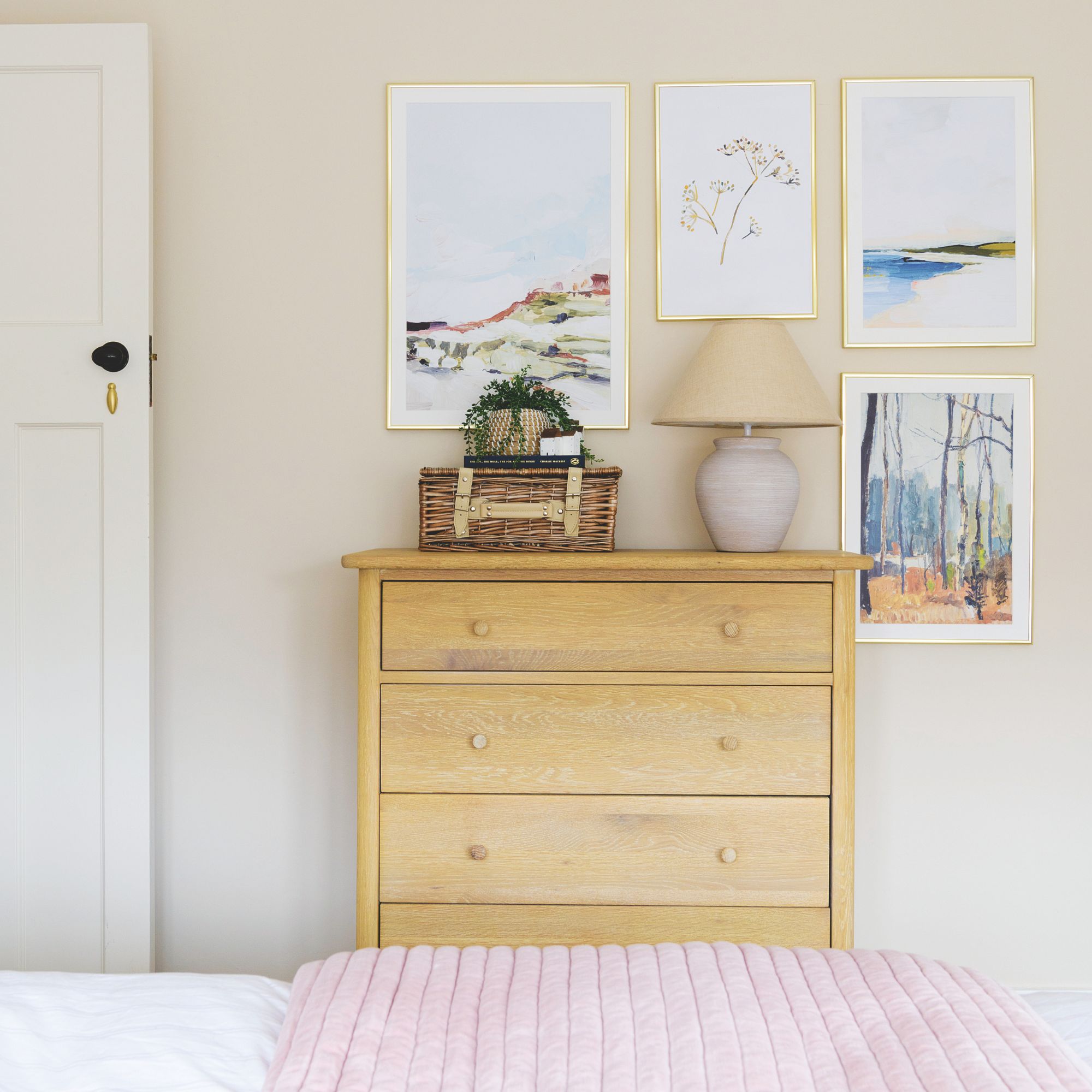
Although you can just fill a hole in a wall straight off the bat, you’ll achieve much better results if you prep the hole first. Thankfully, this won’t take long at all and will take just an extra five minutes of your time.
This is echoed by Glen Peskett a DIY and multitools expert at Saxton Blades, who says, ‘Before you even think about filler, the key is getting the area properly prepped. Take a utility knife or an old filling knife and scrape out any loose material around the hole. This might seem counterintuitive, but widening the hole slightly actually helps the filler stick better.’
Of course, this can be a messy business, so it’s a good idea to grab one of the best vacuums and suck up any loose debris that falls out during this step.
2. Fill the hole and wait to dry
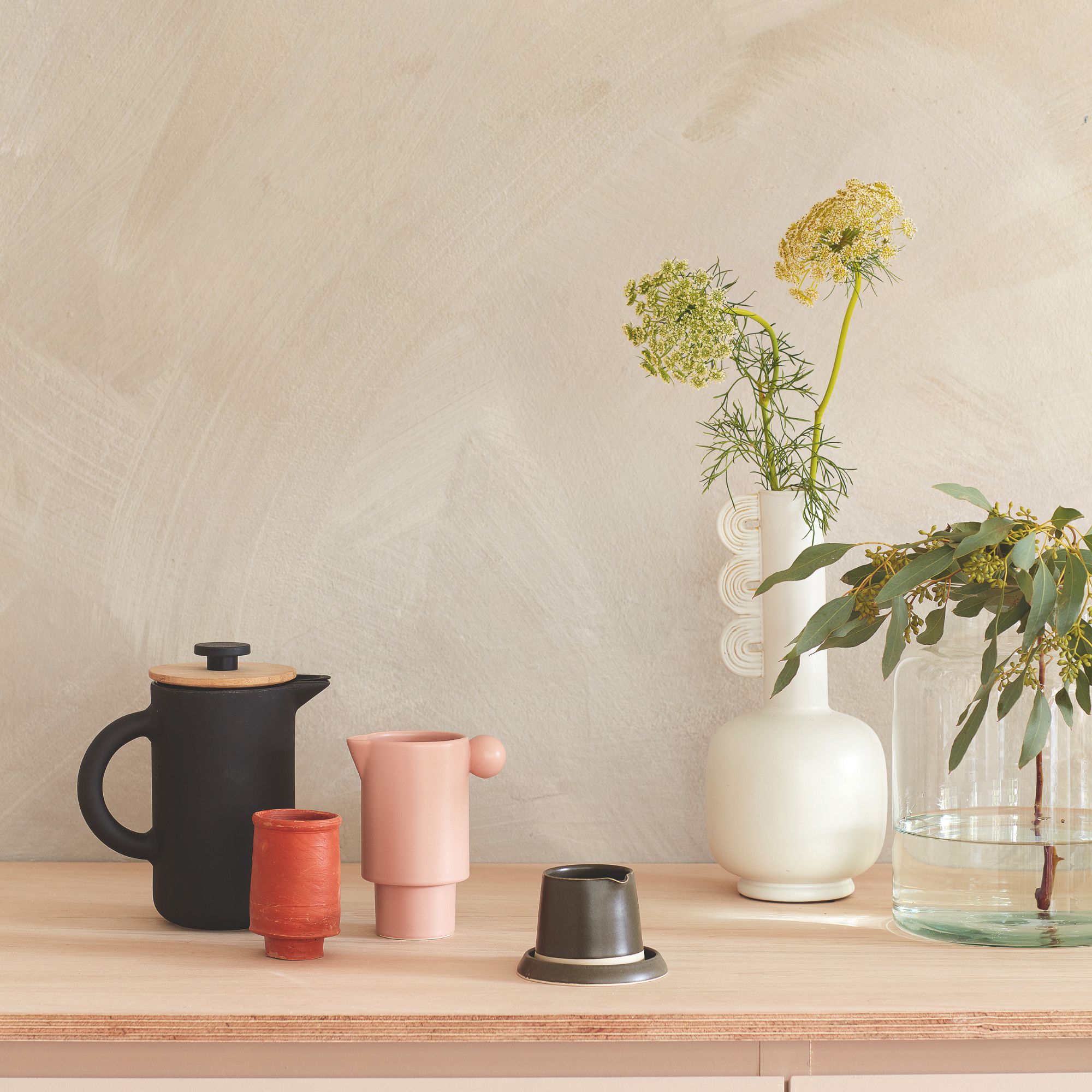
Then, you can move onto the fun part - actually filling the hole. There are countless different products you can use for this task, but the easiest one to use is a multi-purpose filler. You can typically buy this either in a tube form (with a nozzle that can be inserted directly into the hole) or in a tub.
If you opt for the latter, Glen advises, ‘Load a small amount onto the filling knife and press it firmly into the hole, smoothing it out as you go.’ In fact, Glen prefers this method as he finds that ‘it’s best to work in thin layers rather than slapping on too much at once; you want the filler to be slightly raised above the wall so you can sand it down later, but not so thick that you create a bump.’
And if the hole in your wall is particularly large, it’s important to note that you may have to add a few coats of this filler to fill it completely, making sure the last one dries before you add the next.
3. Grab your sandpaper
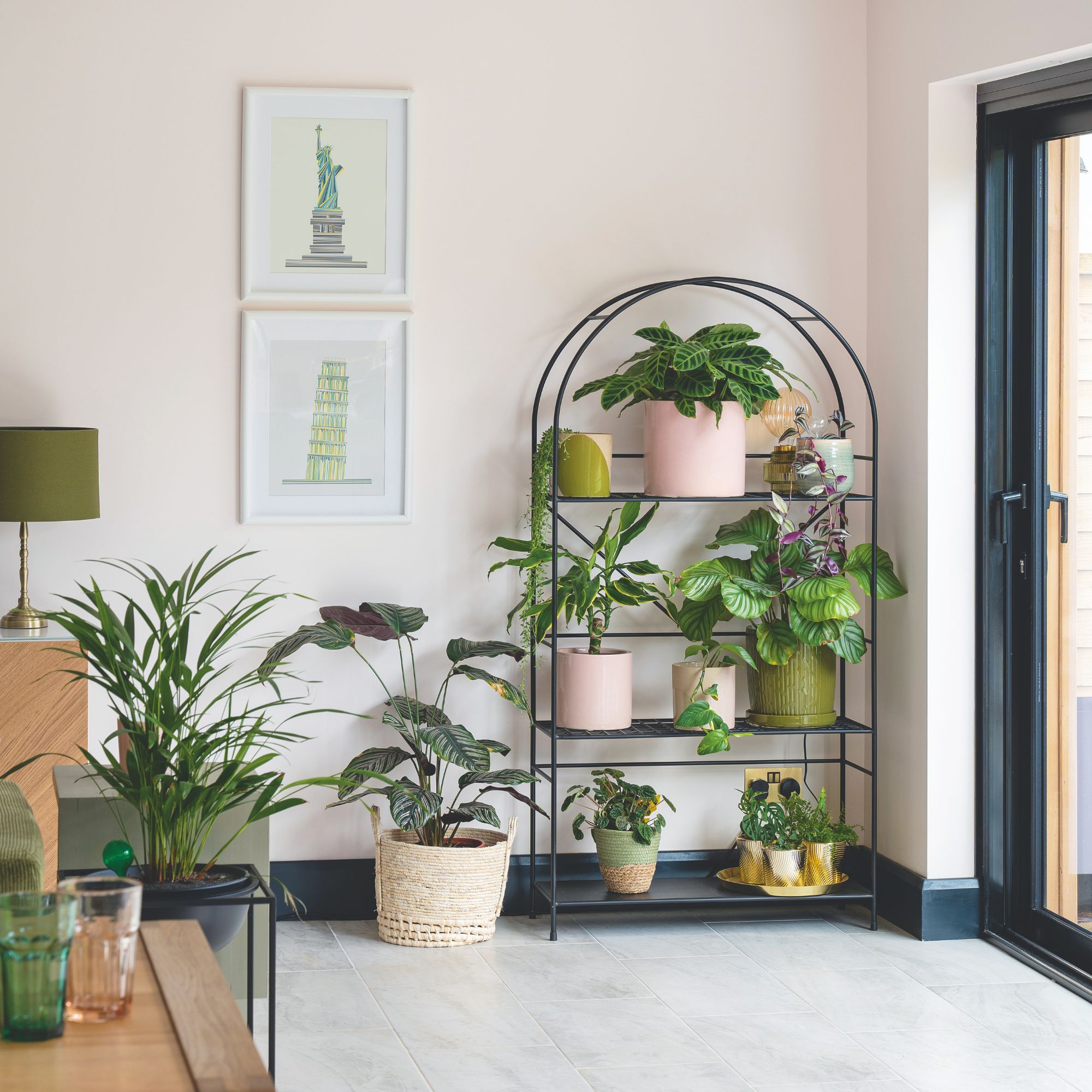
Most people want to patch up holes in a wall to create a flawless base for another coat of paint or to remove obvious eyesores from their eyelines. But when the filler dries, the area can look just as obvious if you don’t sand it down.
So, Glen suggests that you grab your fine sandpaper and give the area a little once-over. Daryl Shepherd, B&Q’s Head of Buying for Building & Construction says, 'Keep going until the filler is smooth and flush to the wall, making sure to wear appropriate eye protection and a dust mask.’
Don’t worry if you accidentally sand the area down too much, though. Simply repeat step two and then sand the area down again, doing so a little gentler this time.
4. Prime and paint to finish
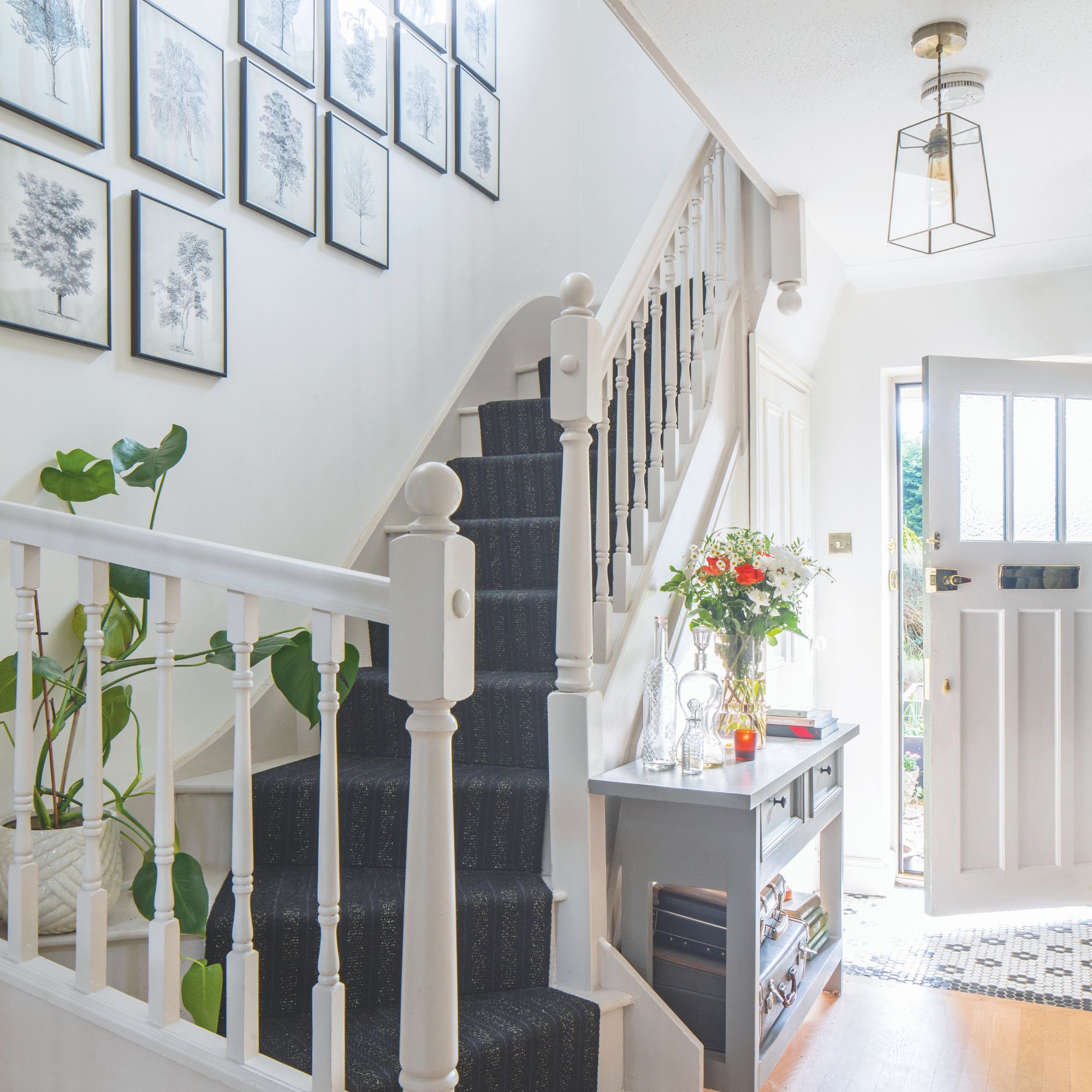
If you just want to patch up a hole in a wall because you accidentally drilled into the wrong place, you might be able to skip this step and hide the filled hole with a photo frame or other type of wall decor - especially if you have white painted walls. But if you are completely redecorating and want the patched-up hole to disappear completely, you’ll then need to prime and paint.
During this stage, how you paint a room is key. But while there are specific steps you need to follow to do this properly, you have free reign when it comes to the paint idea you choose. Just don’t forget the primer.
Glen says, ‘A coat of primer is a must; it stops the paint from soaking in unevenly. Once the primer is dry, feather the paint out around the repair to blend it into the rest of the wall. If I’m touching up an older wall, I’ll often paint a larger section rather than just the patched area to get an even look.’
FAQs
What is the best thing to fill holes in the wall with?
Filler is generally considered the best thing to fill holes in a wall with, as it’s flexible and dries quickly. It can also create a flush finish, allowing you to prime and paint over it with ease.
However, it’s important to note that filler is only really advisable for smaller-to-medium-sized holes. If you have large holes in your wall, you may need to use expandable foam or a specialised product like these 10 Pack Drywall Repair Patches from Amazon.
Do you have to prime walls after patching?
If you are just patching over tiny nail holes or smaller areas of wall, it might not be necessary to prime walls after patching. But if you want to create an even finish and are patching up larger holes on areas of wall that are on show, it’s advisable to prime walls before painting.
Doing so will allow for an even paint coverage and prevent flaking and bubbling, and reduce the appearance of imperfections on the wall.
Do you have to paint the whole wall after patching?
No, not necessarily. If you’ve only patched up a small section of wall, you may be able to get away with painting the patched-over area alone - as long as you use the exact same paint colour. But if you have patched up a larger area or you’re not sure you’ve bought the same paint, it’s well worth painting the whole wall after patching. This will ensure a cohesive look and prevent any unwanted patches.
So, there you have it! If you have any other tips for patching up holes in a wall, let us know.
Get the Ideal Home Newsletter
Sign up to our newsletter for style and decor inspiration, house makeovers, project advice and more.

Lauren Bradbury has been the Content Editor for the House Manual section since January 2025 but worked with the team as a freelancer for a year and a half before that. She graduated with a Bachelor’s degree in English and Creative Writing from the University of Chichester in 2016. Then, she dipped her toe into the world of content writing, primarily focusing on home content. After years of agency work, she decided to take the plunge and become a full-time freelancer for online publications, including Real Homes and Ideal Home, before taking on this permanent role. Now, she spends her days searching for the best decluttering and cleaning hacks and creating handy how-to guides for homeowners and renters alike, as well as testing vacuums as part of her role as the Ideal Home Certified Expert in Training on Vacuums, having spent over 110 hours testing different vacuum models to date!
You must confirm your public display name before commenting
Please logout and then login again, you will then be prompted to enter your display name.
-
 Should an air fryer be on display in a kitchen or hidden away? This is why I always keep my small appliances on the worktop
Should an air fryer be on display in a kitchen or hidden away? This is why I always keep my small appliances on the worktopAre you on team display or neatly hidden away? Share your opinion in the comments
By Rebecca Knight
-
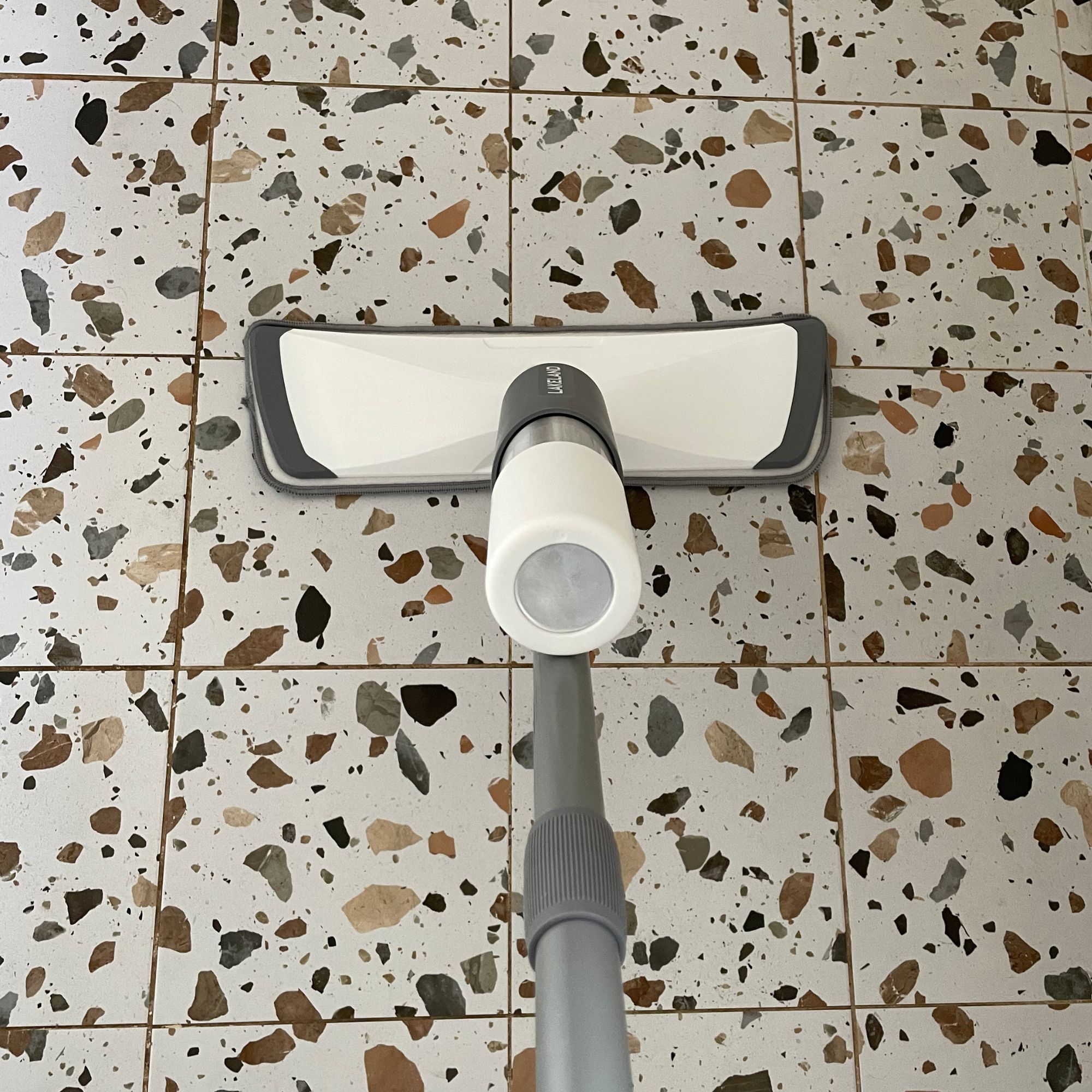 Experts warn that these 5 mopping mistakes are making your floors dirtier — and damaging your floors in the process
Experts warn that these 5 mopping mistakes are making your floors dirtier — and damaging your floors in the processThis is how to keep them clean and avoid costly damage
By Lauren Bradbury
-
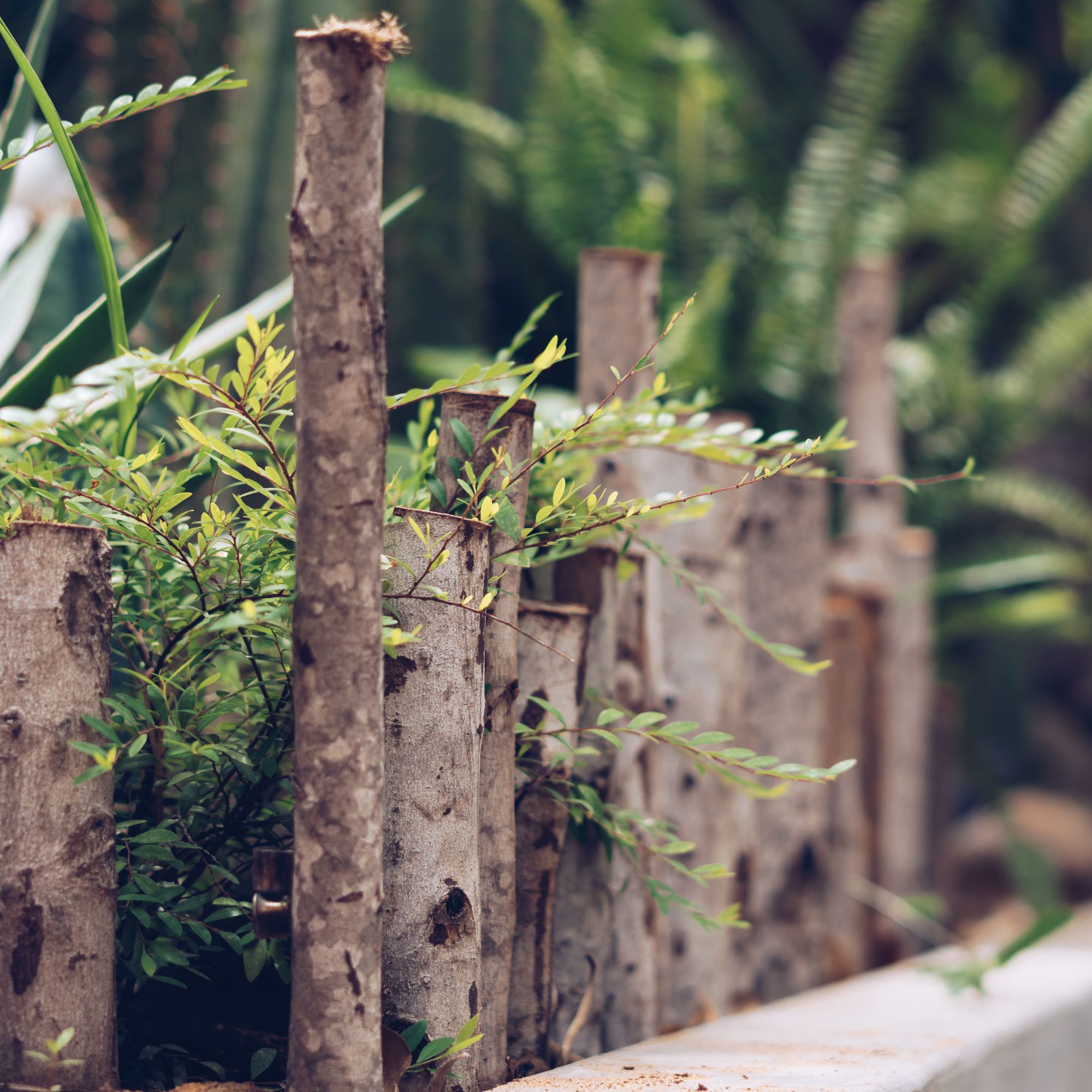 Move over, fences – dead hedges are the wild and wonderful alternative your garden will love and they're easier to build than you'd think
Move over, fences – dead hedges are the wild and wonderful alternative your garden will love and they're easier to build than you'd thinkThe perfect eco-friendly solution for small gardens
By Kayleigh Dray